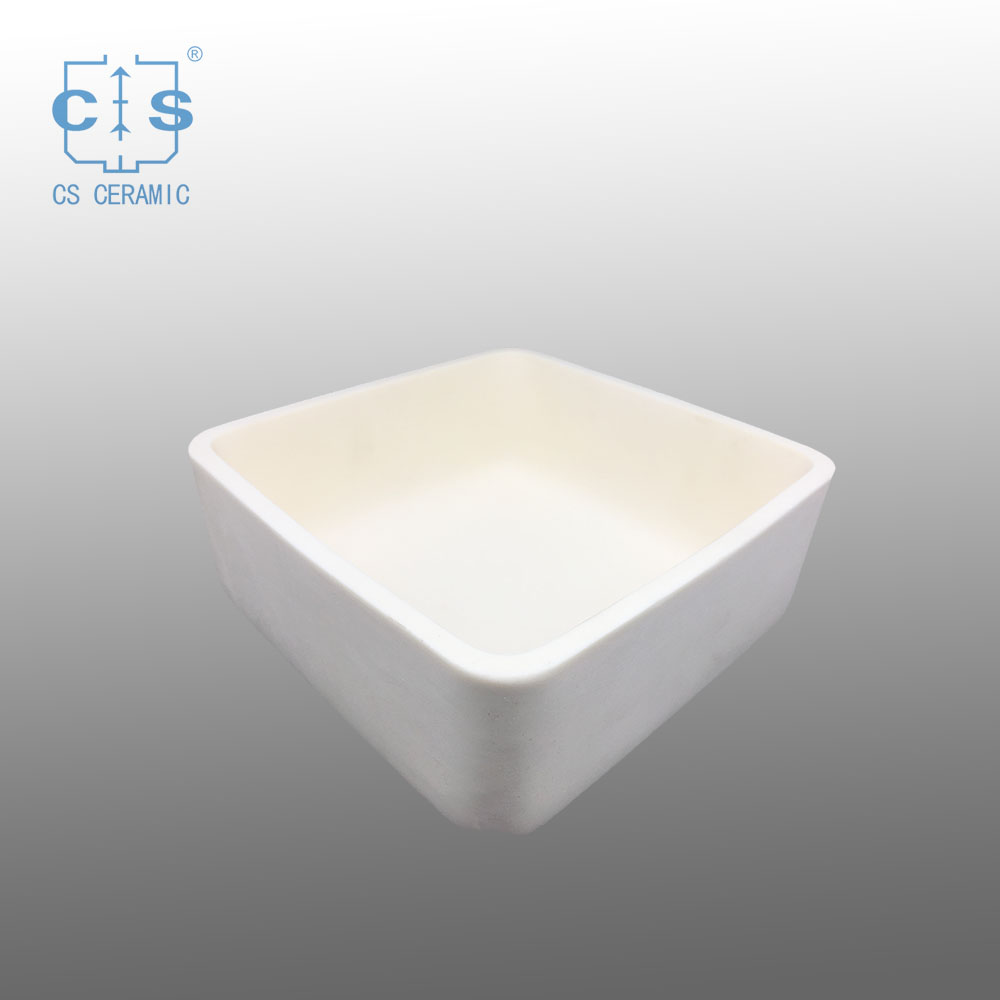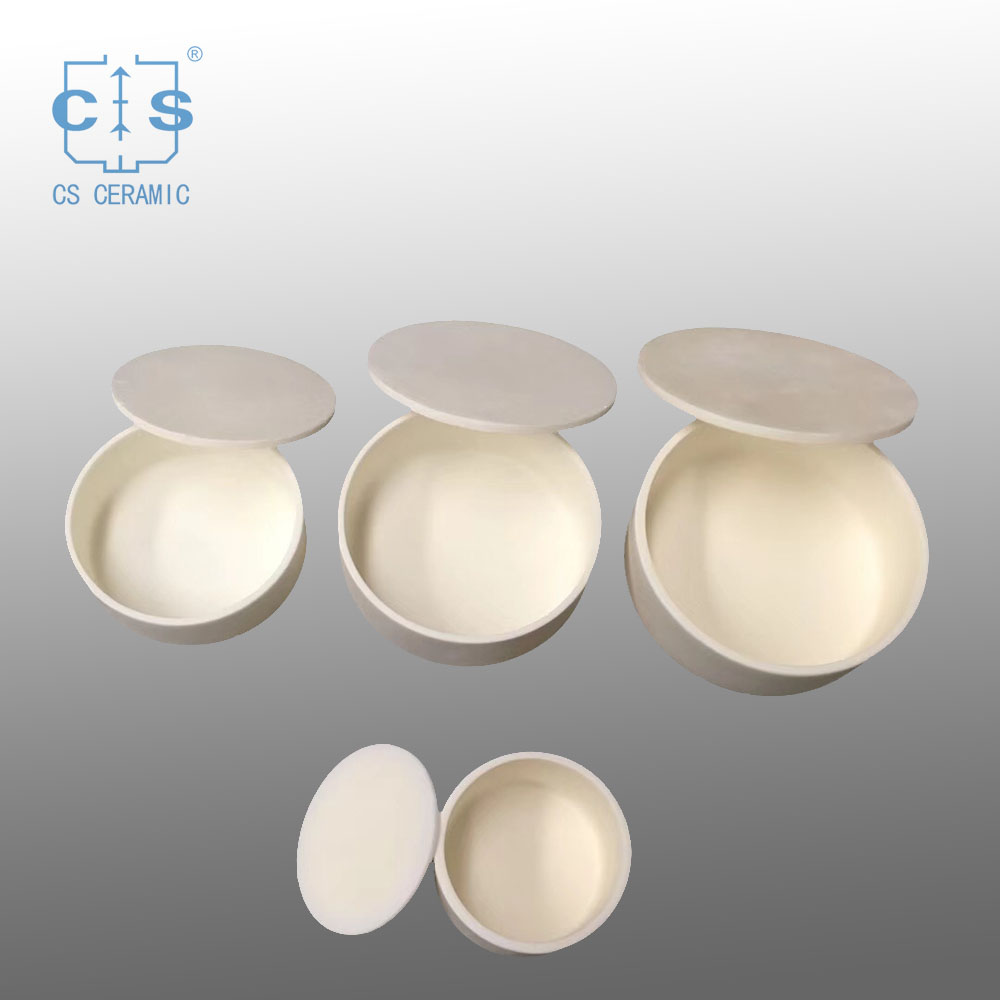The Potential of Alumina Crucibles - Csceramic.com
Unlocking the Potential of Alumina Crucibles: A Comprehensive Guide for the Modern Industry
In the ever-evolving landscape of industrial materials, alumina crucibles, also known as Al₂O₃ crucibles, have emerged as a crucial component for numerous applications. Their unique properties and characteristics have made them a sought-after choice for numerous industries across Europe and the Americas. This comprehensive guide aims to explore the various aspects of alumina crucibles, from their properties to their manufacturing processes, while addressing the evolving needs of modern industries.
Properties and Characteristics of Alumina Crucibles
Alumina crucibles are made from high-purity aluminum oxide, a material renowned for its exceptional thermal stability, chemical resistance, and mechanical strength. These crucibles are designed to withstand extreme temperatures, making them suitable for a wide range of heat-intensive applications. Furthermore, their high density and low porosity ensure excellent thermal shock resistance, allowing them to withstand rapid temperature changes without cracking or breaking.
Application Fields of Alumina Crucibles
The versatility of aluminum oxide crucibles is evident in their diverse range of applications. From metal melting and refining to glass and ceramic manufacturing, alumina crucibles are a critical component in numerous industrial processes. Their ability to withstand high temperatures and chemical attack ensures their reliability and durability in even the most demanding environments.

How to Select the Right Alumina Crucible for Your Project
Choosing the right Al₂O₃ crucible for your project is crucial to ensure optimal performance and efficiency. Factors such as the intended application, maximum operating temperature, and required chemical resistance should be taken into consideration. Additionally, the size and shape of the crucible should be selected based on the specific requirements of your process.
Key Considerations for Designing with Alumina Crucibles
When designing a system that utilizes alumina crucibles, it is essential to consider factors such as thermal expansion, heat transfer efficiency, and material compatibility. Understanding the thermal behavior of alumina crucibles and how they interact with other components in the system is crucial for ensuring reliable and efficient operation.
Manufacturing Process of Alumina Crucibles
The manufacturing process of aluminum oxide crucibles involves precision engineering and careful material selection. High-purity aluminum oxide powder is mixed with binders and pressed into the desired shape using advanced molding techniques. The crucibles are then sintered at high temperatures to achieve the desired density and strength. The final step involves finishing and inspection to ensure the crucibles meet the highest quality standards.

Testing and Quality Control of Alumina Crucibles
Quality control is paramount in ensuring the reliability and performance of aluminum oxide crucibles. Rigorous testing procedures are employed to assess the crucibles' mechanical strength, thermal stability, and chemical resistance. Additionally, non-destructive testing methods such as X-ray inspection are used to detect any potential defects or imperfections in the crucibles.
Conclusion
Alumina crucibles are a crucial component in numerous industrial applications, offering exceptional performance and reliability. By understanding their properties, characteristics, and manufacturing processes, as well as considering key design considerations, industries can select the right alumina crucible for their specific needs. With the continuous evolution of industrial materials and processes, alumina crucibles remain a trusted choice for meeting the challenges of modern industry.
评论
发表评论